- Essentials
- Getting Started
- Datadog
- Datadog Site
- DevSecOps
- Serverless for AWS Lambda
- Agent
- Integrations
- Containers
- Dashboards
- Monitors
- Logs
- APM Tracing
- Profiler
- Tags
- API
- Service Catalog
- Session Replay
- Continuous Testing
- Synthetic Monitoring
- Incident Management
- Database Monitoring
- Cloud Security Management
- Cloud SIEM
- Application Security Management
- Workflow Automation
- CI Visibility
- Test Visibility
- Intelligent Test Runner
- Code Analysis
- Learning Center
- Support
- Glossary
- Standard Attributes
- Guides
- Agent
- Integrations
- OpenTelemetry
- Developers
- Authorization
- DogStatsD
- Custom Checks
- Integrations
- Create an Agent-based Integration
- Create an API Integration
- Create a Log Pipeline
- Integration Assets Reference
- Build a Marketplace Offering
- Create a Tile
- Create an Integration Dashboard
- Create a Recommended Monitor
- Create a Cloud SIEM Detection Rule
- OAuth for Integrations
- Install Agent Integration Developer Tool
- Service Checks
- IDE Plugins
- Community
- Guides
- API
- Datadog Mobile App
- CoScreen
- Cloudcraft
- In The App
- Dashboards
- Notebooks
- DDSQL Editor
- Sheets
- Monitors and Alerting
- Infrastructure
- Metrics
- Watchdog
- Bits AI
- Service Catalog
- API Catalog
- Error Tracking
- Service Management
- Infrastructure
- Application Performance
- APM
- Continuous Profiler
- Database Monitoring
- Data Streams Monitoring
- Data Jobs Monitoring
- Digital Experience
- Real User Monitoring
- Product Analytics
- Synthetic Testing and Monitoring
- Continuous Testing
- Software Delivery
- CI Visibility
- CD Visibility
- Test Visibility
- Intelligent Test Runner
- Code Analysis
- Quality Gates
- DORA Metrics
- Security
- Security Overview
- Cloud SIEM
- Cloud Security Management
- Application Security Management
- AI Observability
- Log Management
- Observability Pipelines
- Log Management
- Administration
AlertNow
Supported OS
Overview
AlertNow is an integrated incident management platform that collects alerts from various and complex IT environments and delivers the alerts to the right people, enabling them to handle incidents rapidly. Connecting AlertNow with Datadog automatically syncs your Datadog alerts with those in AlertNow. You can manage alerts on a single platform, notify your teams, and respond to critical issues immediately.
What AlertNow offers:
Trigger and resolve incidents from Datadog
Notify the right people via email, SMS, Voice call, and mobile application when incidents occur
Notify users based on escalation policy
Reports on MTTA and MTTR, analysis reports
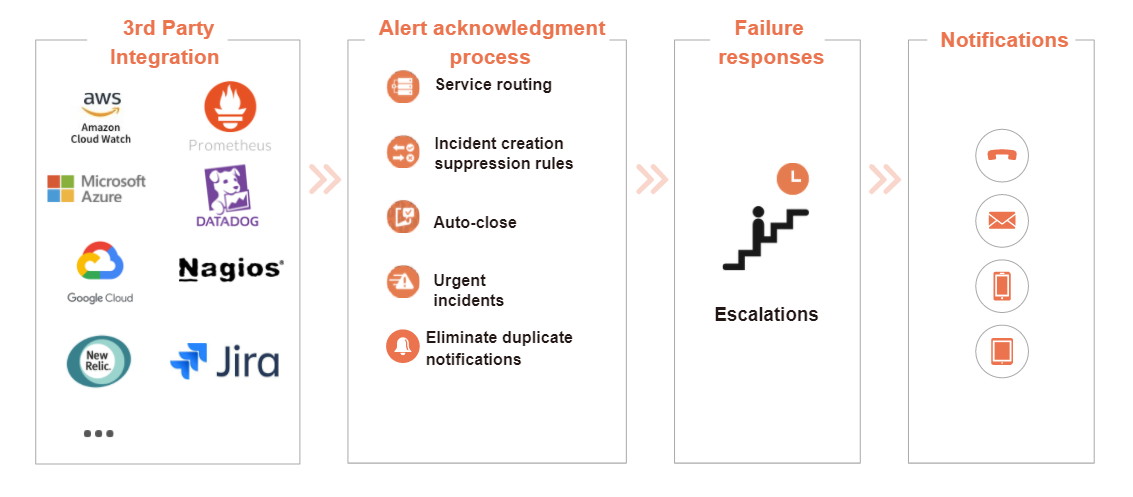
Setup
AlertNow
To connect Datadog with AlertNow, create a webhook and monitors in Datadog.
Use your existing account or create an AlertNow account at opsnow.com.
Log in to AlertNow and go to the Configuration > Integration menu.
Click Create Integration, and then select the Datadog card.
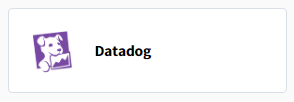
In the Create integration page, enter the required information, and then click the OK button to create the integration.
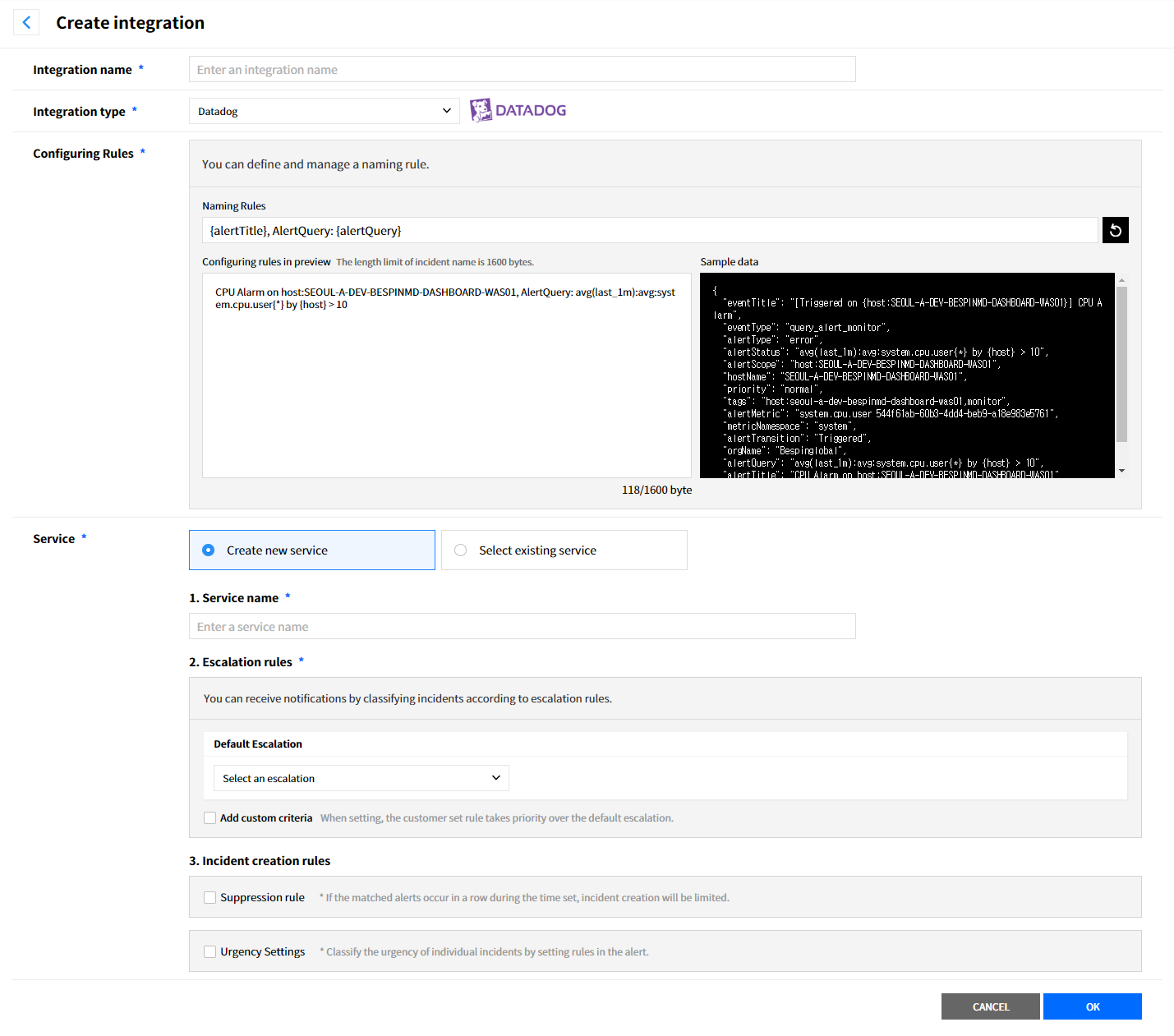
Copy the URL from the Integration page of AlertNow.
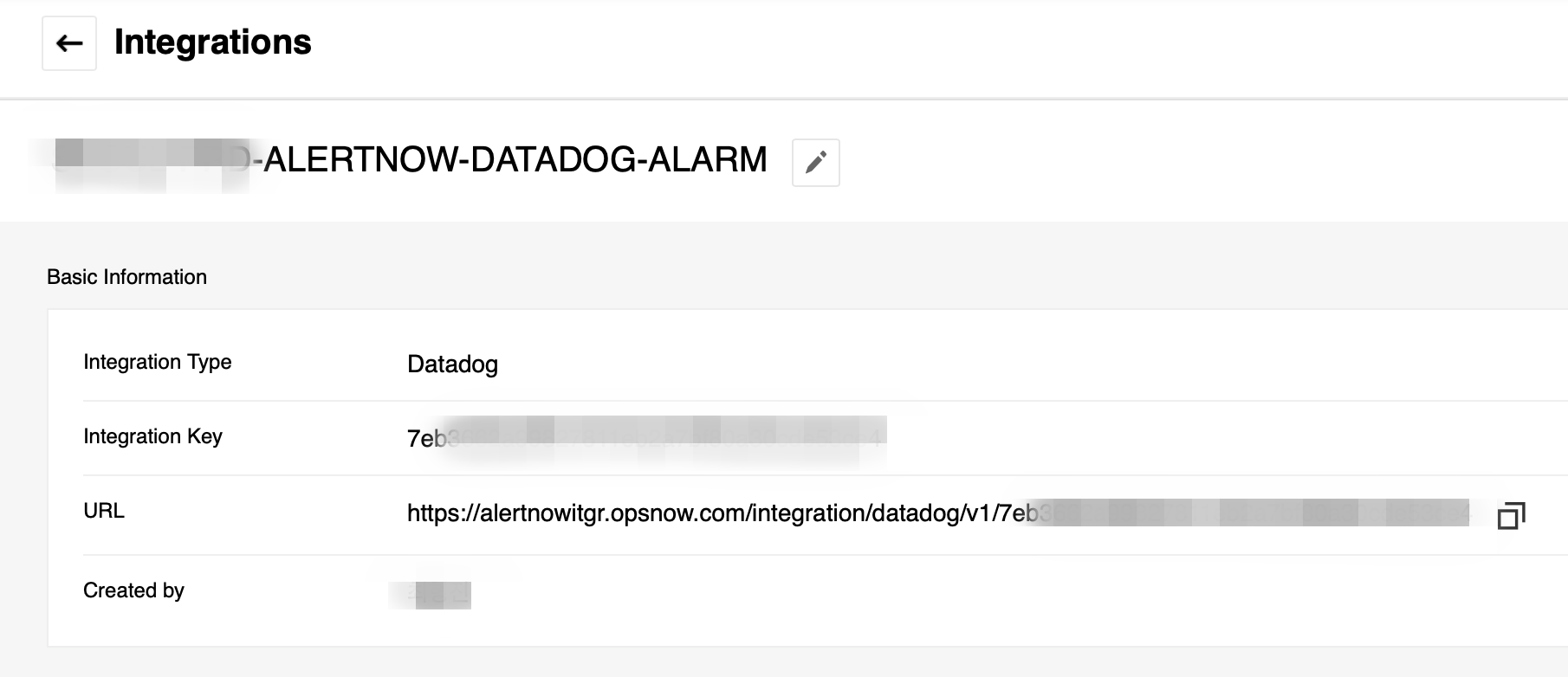
Datadog
Follow the steps below in your Datadog account.
Open the Webhooks Integration tile.
Select the Configuration tab, and scroll to the bottom and click New.
On the New Webhook form, enter a meaningful name and the AlertNow Webhook URL created in the AlertNow integration page. The format of the copied AlertNow Webhook URL is as below. Substitute your API key for {ALERTNOW-API-KEY}.
https://alertnowitgr.opsnow.com/integration/datadog/v1/{ALERTNOW-API-KEY}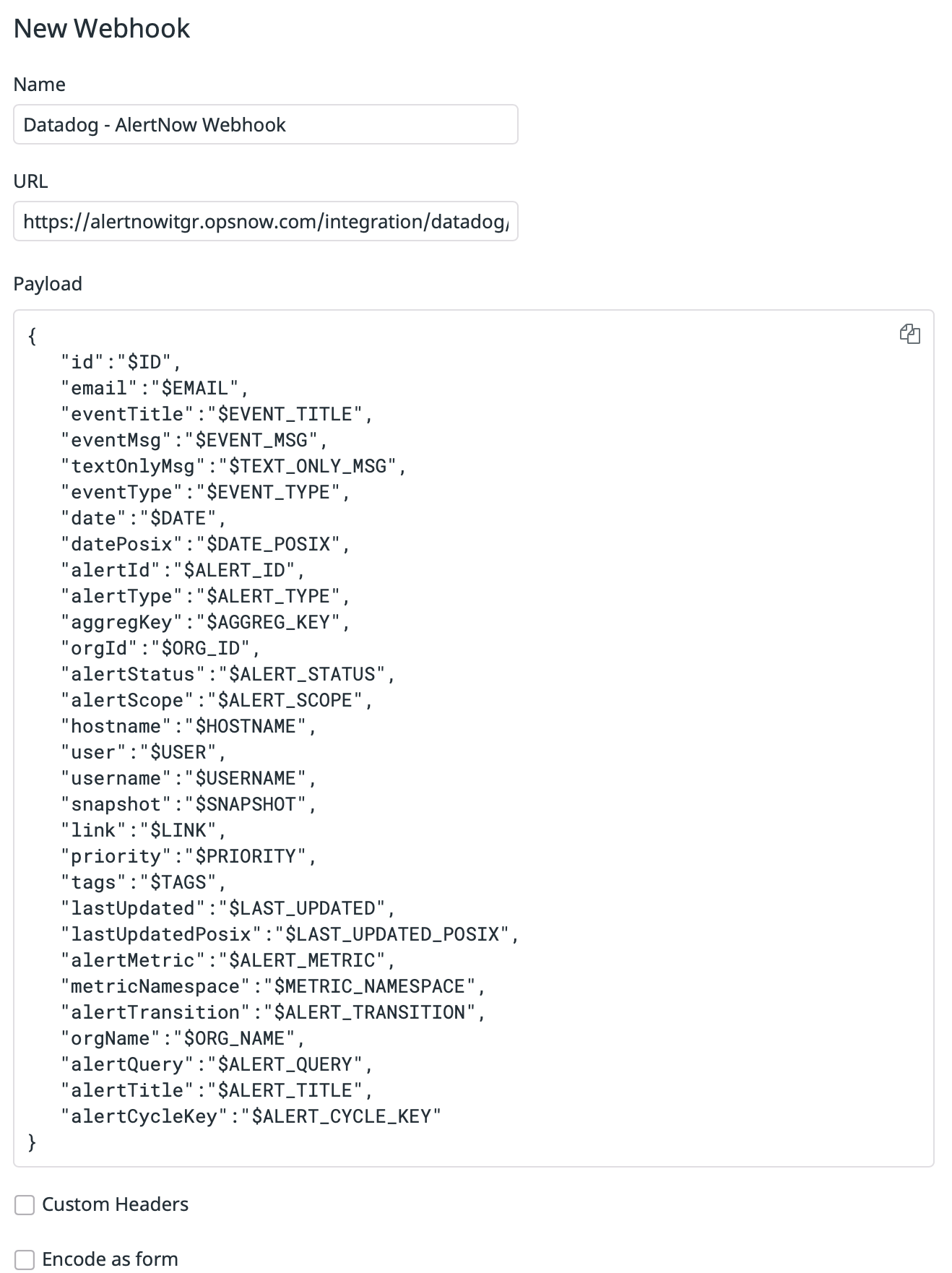
Copy the JSON Payload below and paste it in the Payload window.
{ "id":"$ID", "email":"$EMAIL", "eventTitle":"$EVENT_TITLE", "eventMsg":"$EVENT_MSG", "textOnlyMsg":"$TEXT_ONLY_MSG", "eventType":"$EVENT_TYPE", "date":"$DATE", "datePosix":"$DATE_POSIX", "alertId":"$ALERT_ID", "alertType":"$ALERT_TYPE", "aggregKey":"$AGGREG_KEY", "orgId":"$ORG_ID", "alertStatus":"$ALERT_STATUS", "alertScope":"$ALERT_SCOPE", "hostname":"$HOSTNAME", "user":"$USER", "username":"$USERNAME", "snapshot":"$SNAPSHOT", "link":"$LINK", "priority":"$PRIORITY", "tags":"$TAGS", "lastUpdated":"$LAST_UPDATED", "lastUpdatedPosix":"$LAST_UPDATED_POSIX", "alertMetric":"$ALERT_METRIC", "metricNamespace":"$METRIC_NAMESPACE", "alertTransition":"$ALERT_TRANSITION", "orgName":"$ORG_NAME", "alertQuery":"$ALERT_QUERY", "alertTitle":"$ALERT_TITLE", "alertCycleKey":"$ALERT_CYCLE_KEY" }Refer to Datadog’s Alerting documentation to create monitors.
Support
Need help? Contact AlertNow support.
